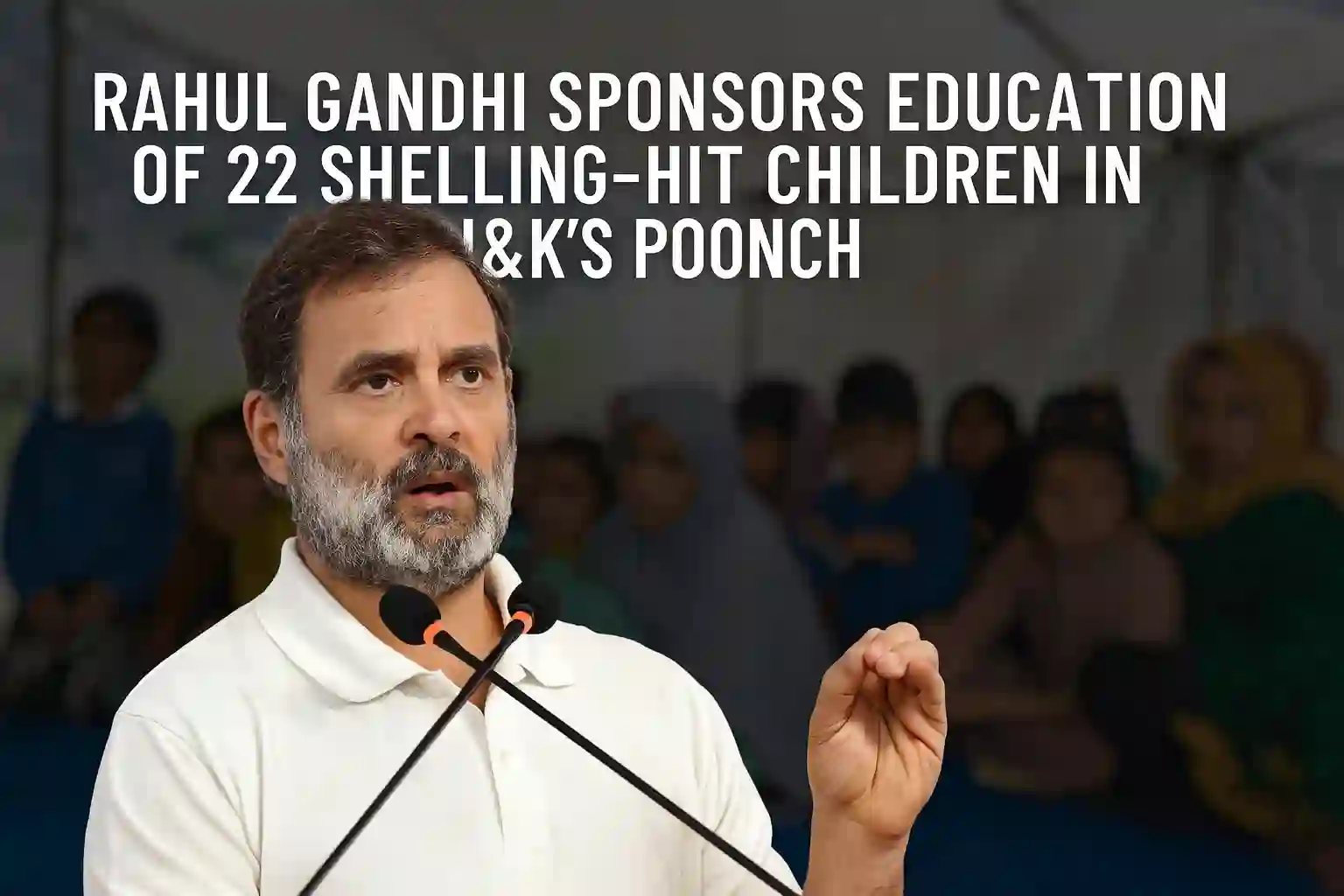Chapter 3 of Class 12 Physics, titled Current Electricity, deals with the study of the flow of electric charge through conductors. It covers a wide range of concepts such as current, resistance, Ohm’s law, electrical power, and more. Understanding the behaviour of electric current is vital not only for your board exams but also for various competitive exams. This chapter builds upon the concepts introduced in earlier chapters, making it an essential part of your physics foundation.
In this article, I will explain the core ideas of the Current Electricity chapter and highlight its importance in real-world applications. This knowledge is crucial, as it helps us understand the basic functioning of electrical circuits, household appliances, and devices that we use every day. I am also providing you with an easy way to download the NCERT PDF of this chapter, which will serve as a key resource for your studies.
Key Concepts in Current Electricity
Class 12 Physics Chapter 3 includes the following essential concepts:
- Electric Current:
- Definition of electric current
- Relationship between current, charge, and time
- Units and direction of current
- Ohm’s Law:
- Statement of Ohm’s Law
- Derivation of Ohm’s law
- Resistivity and conductivity
- Application of Ohm’s law in practical scenarios
- Resistors and Resistances:
- Factors affecting resistance
- Series and parallel combination of resistors
- Equivalent resistance
- Concept of resistivity
- Electrical Power and Energy:
- Formulae for electrical power
- Energy consumption and its calculation
- Power dissipation in resistors
- Kirchhoff’s Laws:
- Kirchhoff’s Current Law (KCL)
- Kirchhoff’s Voltage Law (KVL)
- Solving electrical circuits using Kirchhoff’s laws
Understanding these topics will not only help you solve numerical problems related to current electricity but also allow you to apply the knowledge to real-world electrical systems. The chapter involves solving multiple problems related to circuits, resistors, and power, so practising these concepts is key to mastering this chapter.
Download PDF – NCERT Class 12 Physics Chapter 3: Current Electricity
The NCERT PDF is a valuable resource, providing all the detailed explanations, diagrams, and solved examples you need to understand the concepts thoroughly. I recommend downloading the official NCERT PDF for this chapter to facilitate better learning. The PDF also includes exercises that help reinforce the theory and boost your problem-solving skills.



















